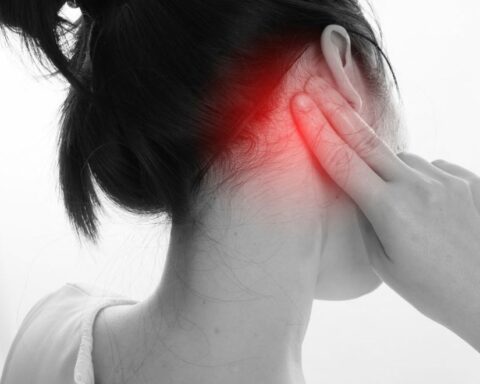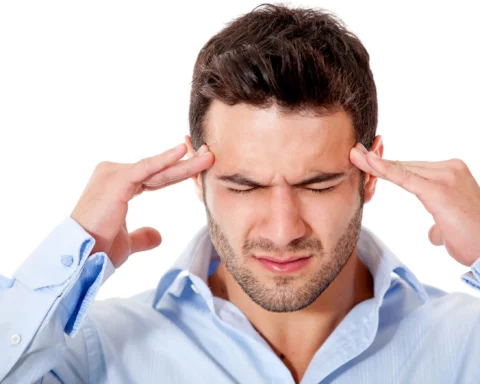A headache behind the ears is a type of headache that can cause pain or discomfort at the back of the head, neck, and ears. This type of headache is also called occipital neuralgia or occipital headache. It is usually characterized by sharp, shooting pain that can be intermittent or constant.
There are several causes of a headache behind the ears, including muscle tension, nerve irritation, and underlying medical conditions. In this comprehensive guide, we will explore the various causes of a headache behind the ears, as well as the symptoms, diagnosis, and treatment options available.
Muscle tension
Muscle tension is a common cause of a headache behind the ears. This type of headache can be caused by prolonged sitting or standing in a particular position, poor posture, or excessive use of electronic devices. When the muscles in the neck and shoulders become tight and tense, they can cause pain and discomfort in the head, including behind the ears.
Symptoms:
- Pain or discomfort in the neck, shoulders, and back of the head
- Tenderness in the muscles of the neck and shoulders
- Limited range of motion in the neck
- Headache that worsens with activity
Diagnosis:
A doctor can diagnose a tension headache by examining the muscles of the neck and shoulders and checking for tenderness and tightness.
Treatment:
- Rest and relaxation: Taking a break from the activity that caused the tension headache and resting can help alleviate the pain and discomfort.
- Massage: Massaging the neck and shoulders can help loosen tight muscles and relieve tension.
- Heat therapy: Applying a warm compress to the neck and shoulders can help reduce pain and promote relaxation.
- Physical therapy: Working with a physical therapist can help improve posture and strengthen the muscles in the neck and shoulders to prevent tension headaches.
Nerve irritation
Nerve irritation can also cause a headache behind the ears. The occipital nerves, which run from the upper spinal cord to the scalp, can become irritated or inflamed, causing pain and discomfort in the head and neck.
Symptoms:
- Shooting or stabbing pain in the back of the head and neck
- Sensitivity to light and sound
- Tingling or numbness in the scalp
- Headache that worsens with movement
Diagnosis:
A doctor can diagnose occipital neuralgia by examining the neck and head and checking for tenderness and sensitivity. Imaging tests, such as an MRI or CT scan, may also be ordered to rule out other underlying conditions.
Treatment:
- Medications: Over-the-counter pain relievers, such as ibuprofen or acetaminophen, can help alleviate the pain and discomfort. Prescription medications, such as muscle relaxants or nerve blockers, may also be recommended.
- Nerve blocks: Injecting a local anesthetic into the occipital nerves can help block pain signals and provide relief.
- Physical therapy: Stretching and strengthening exercises can help reduce tension in the neck and shoulders and prevent nerve irritation.
Migraine
Migraine is a type of headache that can cause pain and discomfort in various parts of the head, including behind the ears. Migraines are often characterized by a throbbing or pulsing pain and can be accompanied by other symptoms, such as nausea, vomiting, and sensitivity to light and sound.
Symptoms:
- Throbbing or pulsing pain on one side of the head
- Nausea or vomiting
- Sensitivity to light and sound
- Aura, which can include visual disturbances or tingling in the face or hands
Diagnosis:
A doctor can diagnose migraines based on the symptoms and a physical exam. Imaging tests may also be ordered to rule out other underlying conditions.
- Is Mushroom Coffee Worth the Hype? An Expert’s Take - April 19, 2024
- Missionary Position – Least Likely To Bring You To Climax - April 7, 2023
- Vibrators could put you in Jail - March 31, 2023








